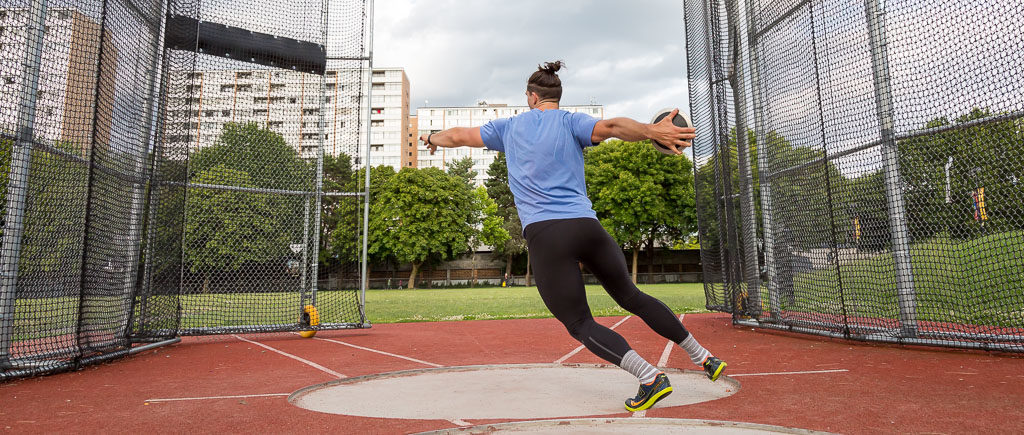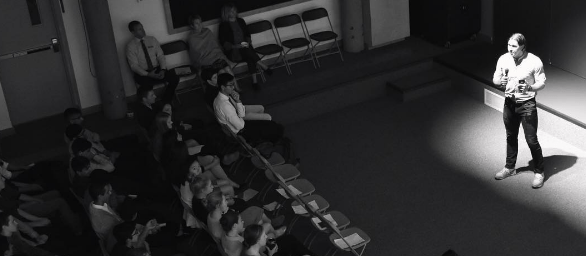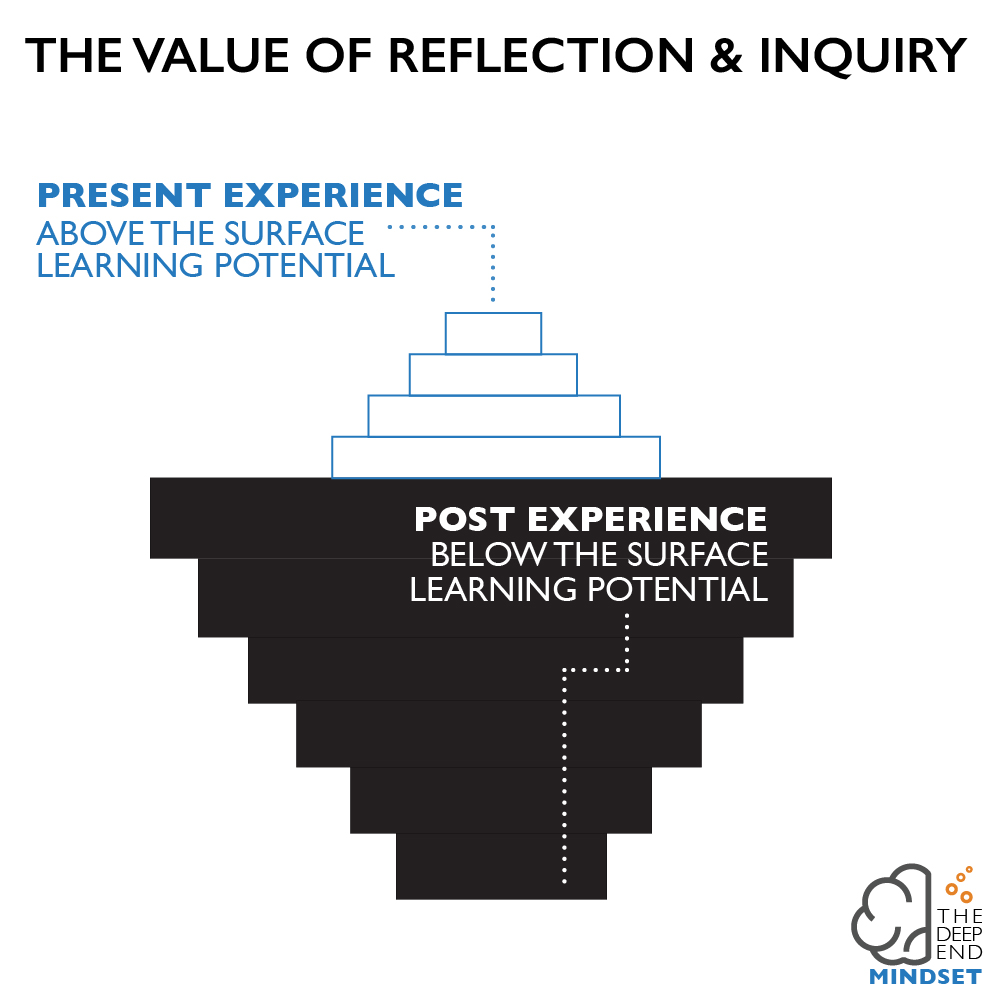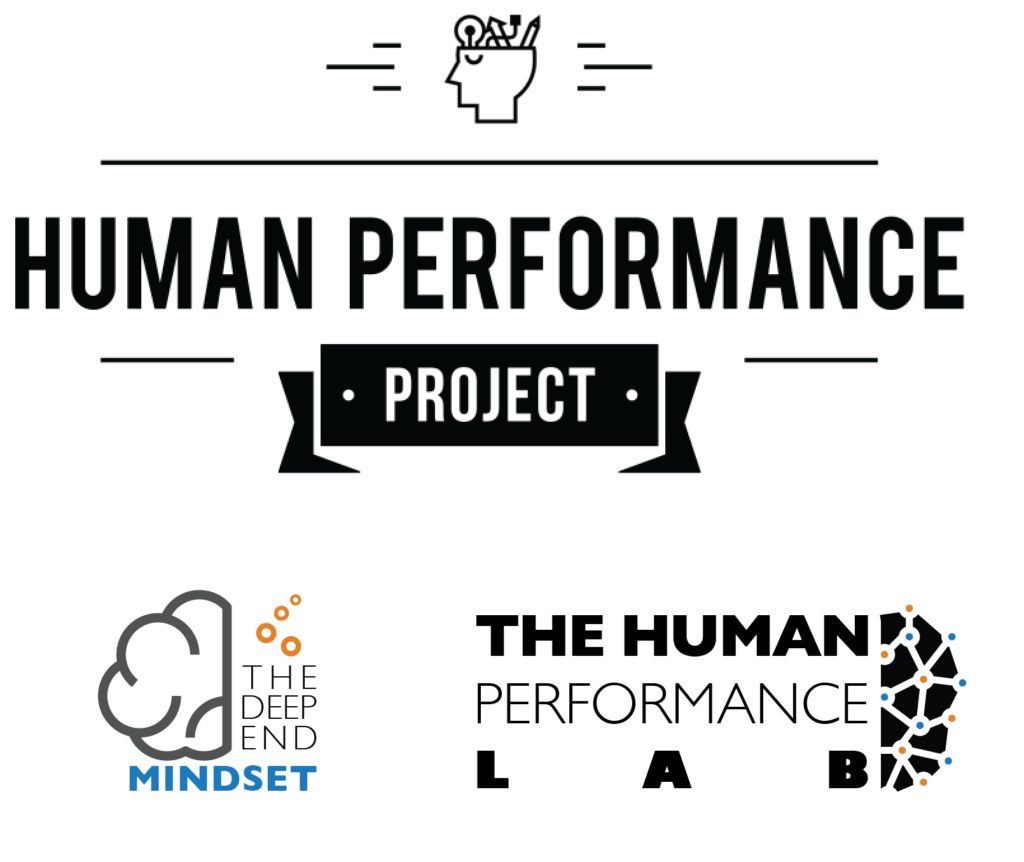Winter is here
It’s around this time of year, throwing 5 days a week in the rain, wind, cold and dark that I feel a bit like a sinking boat.
It’s funny how this journey is forcing me to revisit so many old experiences. From how and why the seed of an Olympic dream was planted in my head at 5 years old, to traumatic injuries of the past that have begun to re-emerge.
And it’s all part of the path.
This training year I have come face to face with an old injury that’s causing my technical progression to slow and falter.
A Trip Down “Injury” Memory Lane
I can still hear and feel the loud “snap and pop” that ricocheted up the inside of my ankle and leg as I fell to the floor several years ago. After a successful NCAA Division 1 basketball career I was completing my MBA and playing two final years at Trinity Western University. At a home game, I went down to grab a loose ball as a kamikaze opponent dove half for the ball and half to completely take my legs out (a regular occurrence). Unfortunately he managed to pin the inside of my left foot under his body while simultaneous knocking me off balance, inevitably falling directly away from where the inside of my foot was planted.
To visualize this, imagine my left foot pinned square on the ground as 245 lbs of body mass hurls towards the ground directly to the outside of that pinned inner foot. I was lying on my left side, my shin nearly parallel to the floor, and my left foot still upright due to the opponents weight trapping it… Yes, if you’ve followed along you’re envisioning a 90 degree bend where you should never see one. Of course this all happened within a matter of a few milliseconds – but judging by the pops and the excruciating pain as I got to my feet and tried to hobble back down the floor into the play – the damage was done. The bruising, swelling and MRIs confirmed that shortly after.
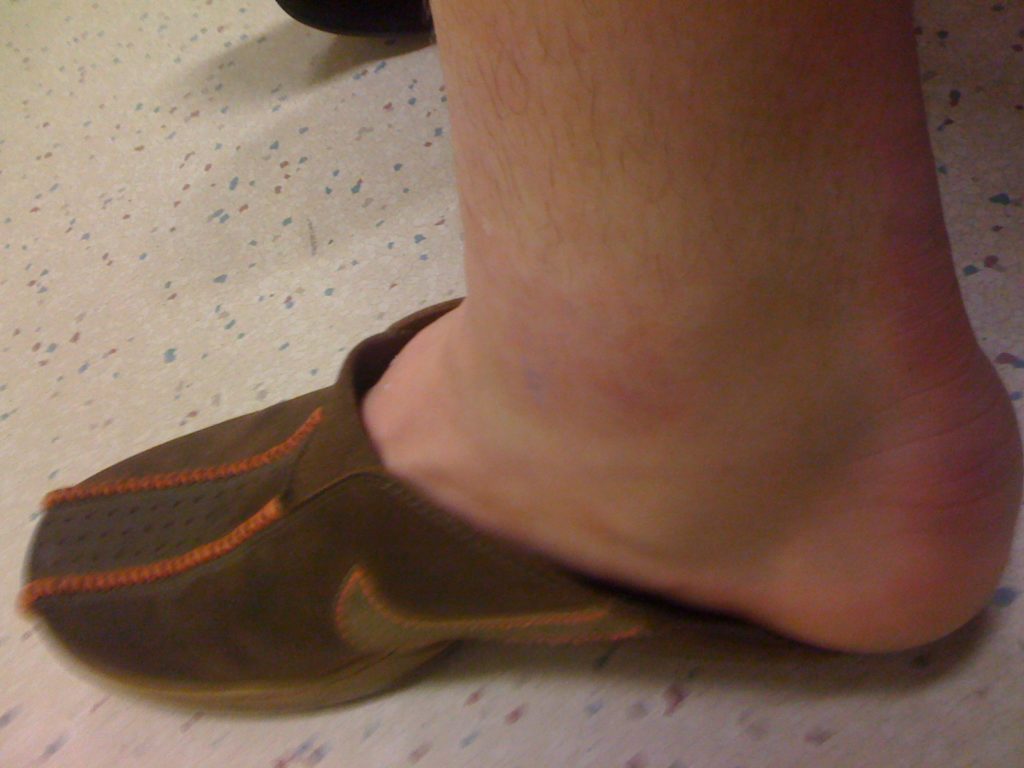
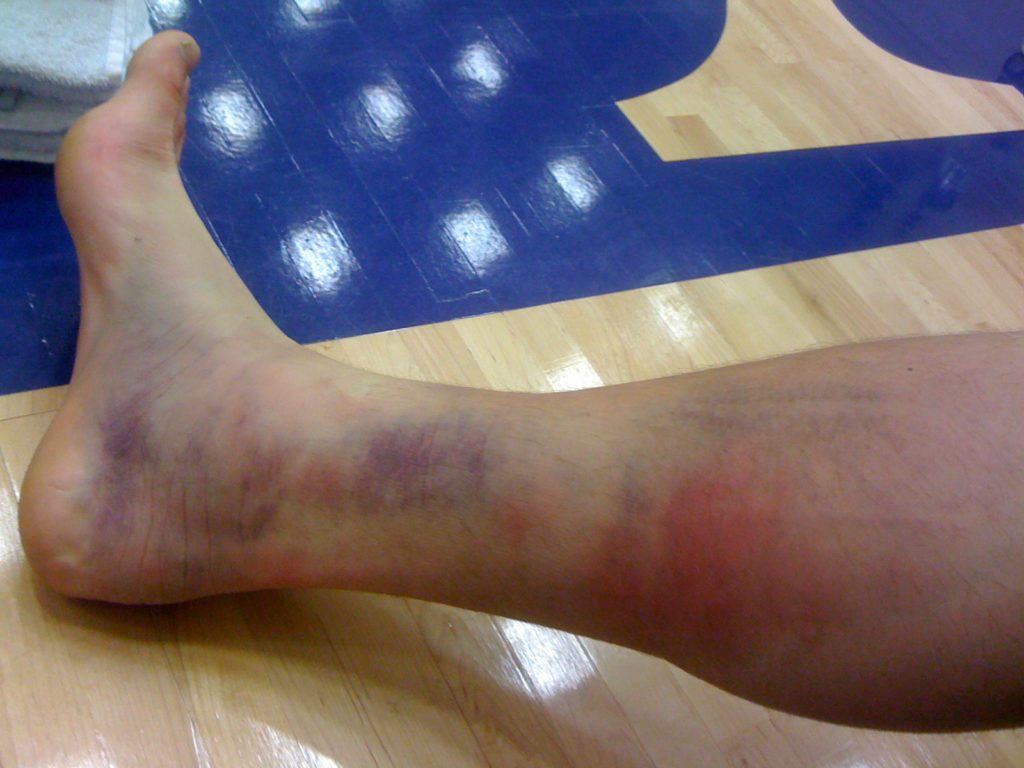
The diagnosis was three 3rd degree tears to all the major ligaments on the inside of my ankle. For a second I wished I was back down in the states as I knew based on previous injuries this would equal a full surgery and clean up within days. Instead, given that none of the ligaments had ruptured, I was not cleared for surgery within the Canadian system and instead had to endure 8-10 months of extensive natural rehab.
The good news, I was able to make a strong recovery and help captain our team to the National Championship game the following year. The bad news, it wasn’t the end of this ugly injury, not physically or mentally.
The next time this injury reared it’s monstrous head was about 5 years later as I was moving into the National Crossfit spotlight. My functional strength was increasing by the week, and with it I was upping the demand on every aspect of my body. For example, catching a 225 lb power clean on day one is much different than pulling 360 lbs off the ground and barely squeezing under it before it crushes your entire body to the ground.
My ankle apparently had things to say about this.
Building the Team
Thankfully I was introduced to an incredible Physiotherapist and movement specialist, Thomas Tran, who graciously took me on despite me laying out 2 or 3 major injuries and then informing him that I need to 1) get 100% healthy and 2) continue training 20 hours a week and hit peak performance in 7 weeks for Regional Championships. He worked his magic and 7 weeks later I was having the best competition of my life on the National Crossfit stage.
Taking my Row Boat to the Olympics
Fast forward two years and I begin exposing my body to yet another extreme – becoming one of the best Discus throwers in the World.
I didn’t fully consider the incremental stress I would be putting specifically on my left ankle as I started down the Olympic path. In fact, if you look at the entire Discus throw, the left leg, from hip to ankle effectively becomes a spindle that stores and unleashes a majority of the torque and force through the beginning half of the throw. In other words, the result of throwing a discus 65 meters across a field starts in how well the thrower is able to load and move through that left ankle.
Take a look.
Taking on Water
Within months of working through the first few iterations of my technique I could feel my ankle disagreeing with what I was attempting. A few more months and I was now hobbling through practices due to the pain and discomfort I was feeling every time I loaded that ankle in the circle.
So, I teamed back up with Thommy Tran and laid out another nearly impossible scenario… “Thomas, I need a ton of help on my ankle. I am hoping you can help eliminate the pain I’m currently feeling when throwing, build a plan that will proactively strengthen my ankle over time, and help me peak for the Canadian National Championships and Olympic Qualifiers.”
He was on board.
And over the course of the next few months we attacked my ankle. Re-thinking orthotic structure, taping techniques, and the microscopic muscles that needed to be re-awakened. I walked into National Championships a naive newcomer, a self-identified imposter amongst Canadian Track and Field elites like Degrass – I left with a medal and my first 50+ meter throw.
Trading in the Row Boat
Now in year 2/5 the ante has increased, the goals are higher, and my focus on performance grows. I am beginning to build an effective “functional movement” team with Garrett, my head discus coach at the head, with Thomas Tran and a new relationship with Jeff Almond at MVMTlab supporting my body with the right building blocks to unlock optimum performance in the ring.
Jeff is a Chiro by trade but I can only refer to him as a “movement practitioner”, perhaps “movement ninja or yoda” is more apt. From the first day I walked into his clinic in Gastown, Vancouver and began digging into his performance philosophy I was hooked.
Building the Council
Between Garrett guiding the evolution of my technique and Jeff and Thomas looking at the holistic solution my body needs to realize to reach the Olympic stage – I am finally in an environment where the feedback loop is full circle and changes made in any environment have direct measurable impact to the final outcome.
We are still in the early days of building.
It’s times like these where I acknowledge that chasing any big crazy dream, for me over the course of 5 year, means you don’t have to solve the problem tomorrow, you just need to take the next tiny step in the right direction. Those steps add up over time. My exercises are simple, no brainer in some cases, but provide extreme challenge for my body and mind set in the right context.
Your Iron Clad vision
This applies to all of us.
Whether it’s chasing an Olympic dream, building the next technology startup or leading a movement – you can’t fully thrive and perform in that pursuit until you understand the roots that are holding the dream up. With that grounding “Why” in place, the road doesn’t get any easier, but your ability to persevere and win “the long game” becomes a reality. And slowly but surely you will start to upgrade that leaking row boat to the iron clad vessel you require to be your very best.

